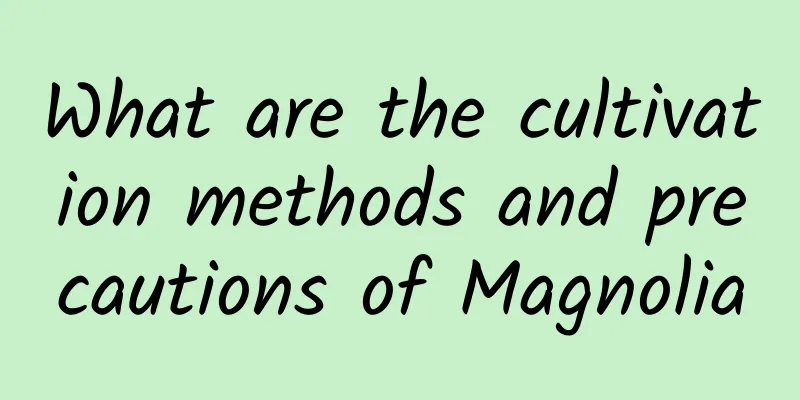Cutting method of Tyrannosaurus

1. Cutting timeIf you want the giant whip to take root and survive quickly after cuttings, you have to choose the right time. It is recommended that flower lovers do it around May and June, as the cuttings will be more likely to survive at this time. 2. Select stem segmentsThe stem segments used for cuttings must be strong enough. If they are too thin, it will be difficult for them to survive. Use pest-free, sturdy stem segments. If there is white liquid at the cut site, apply an appropriate amount of wood ash and dry them in the sun. If not handled, excessive liquid will flow out and it will be difficult to survive the cuttings. 3. Prepare the matrixThe substrate used for cuttings needs to have good air permeability, otherwise the cuttings will not be able to breathe and absorb nutrients, so the substrate must be loose and breathable. It is best to expose it to the sun for a while before use to disinfect it. 4. Start cuttingsBefore cutting, dig a small hole in the soil, then insert the dried stem segment into it and secure it with fine soil around it. After that, place it in a semi-shaded location and spray it with some water. There is no need to water it. As long as the substrate can be kept slightly moist, it will grow roots in about 40-50 days. |
<<: Precautions for planting baby's breath
>>: How to hydroponically cultivate lily bulbs
Recommend
How to plant saffron bulbs and when to plant them
1. How to plant saffron bulbs 1. Prepare potting ...
How to grow and cultivate bowl lotus?
Bowl lotus is deeply loved by flower lovers for i...
How to prune Kalanchoe and its illustrations
Kalanchoe pruning time Kalanchoe is usually prune...
How many years does it take for dragon fruit to bear fruit?
Introduction to Pitaya Planting Dragon fruit is a...
Can potassium dihydrogen phosphate be used to care for young Clivia seedlings in winter?
1. Winter maintenance methods for seedlings 1. Te...
How to cultivate aquatic plants and precautions
Aquatic plant growth conditions Aquatic plants do...
How to plant Qinye fig
Planting preparation Matrix After breaking up the...
How to water the peach beauty
1. The amount of watering When growing peach beau...
Cultivation methods and precautions of Sedum bulbiferum
soil Its requirements for soil are not high, but ...
The difference between Datura and Morning Glory
1. Leaf Difference The leaves of Datura are oval ...
The leaves of these 5 kinds of flowers will rot in summer, but they will turn green in no time with just one cut!
What should I do if the leaves of pennywort are r...
How to plant avocado seeds
Avocado seeds should be planted in spring. When s...
How to grow succulent plants
Habits and characteristics The first is its tempe...
Which month is suitable for planting red amaranth?
Red Amaranth prefers warm and humid climatic cond...
The flower language and meaning of hollyhock, and what are the legends?
1. The flower language of hollyhock The flower la...









